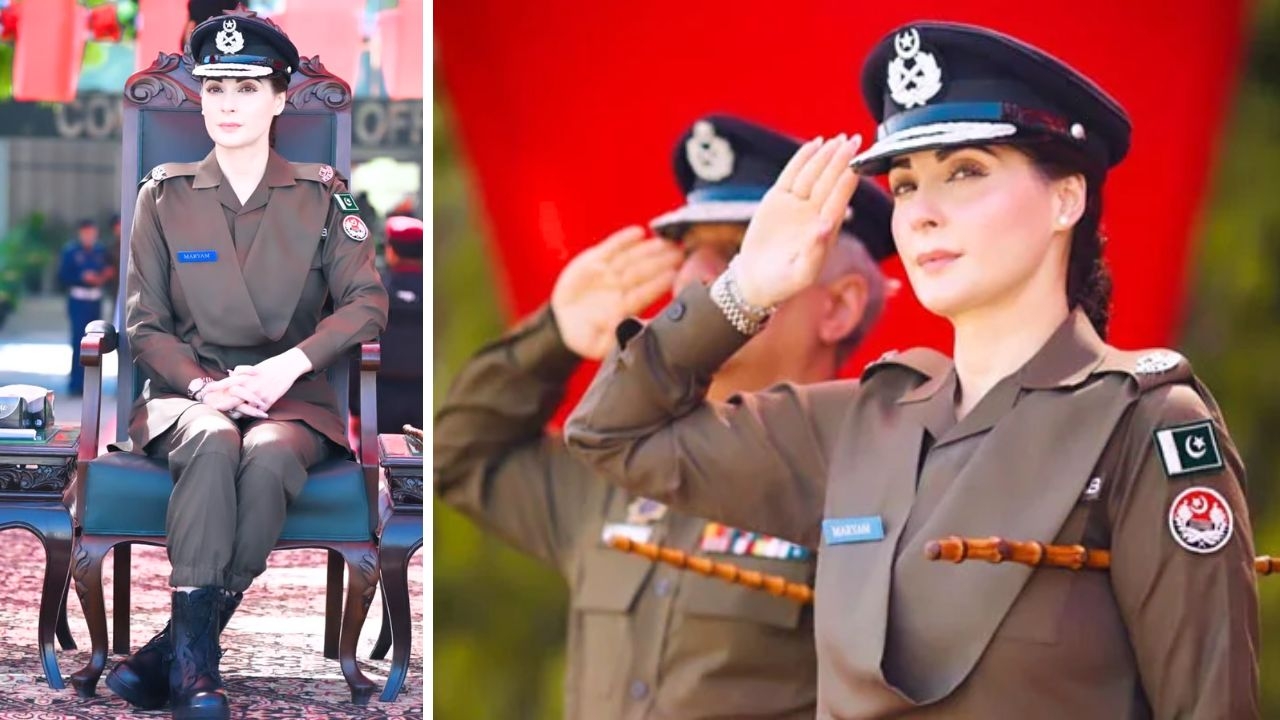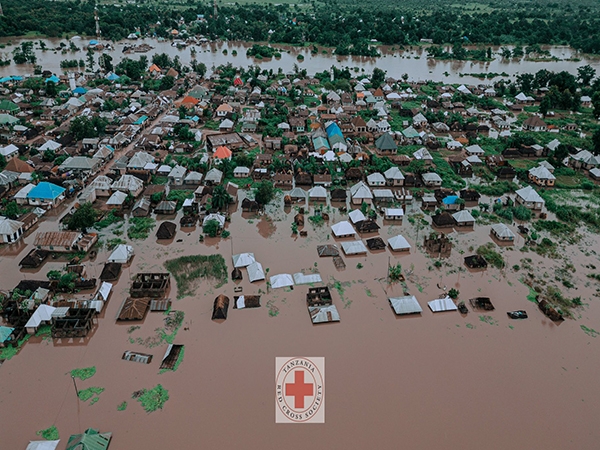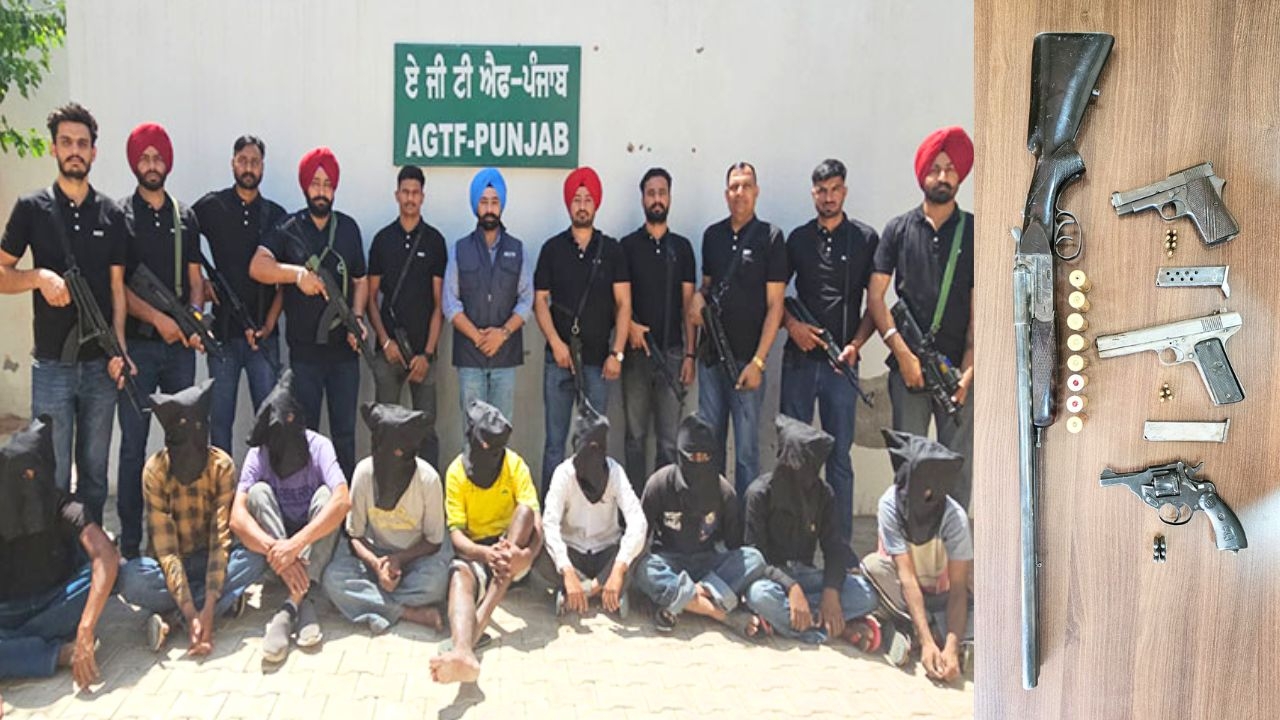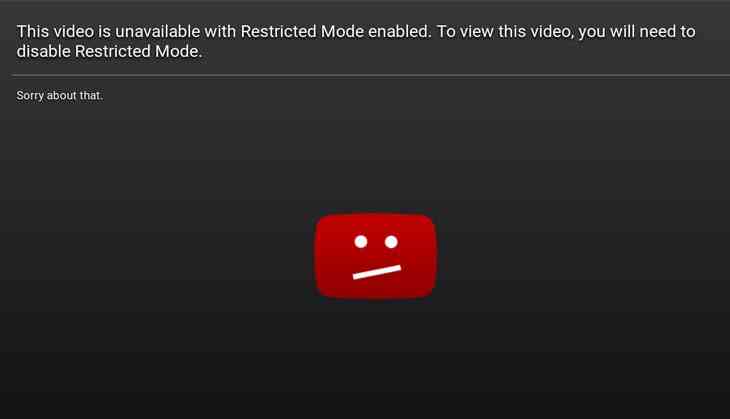
Video sharing platform YouTube has been called out for restricting access to certain LGBTQ+ videos.
British queer YouTuber Rowan Ellis posted a video titled "YouTube is anti-LGBT?" on 16 March where she pointed out this obvious glitch in the website. According to Ellis, YouTube's Restricted Mode was "filtering out a hell lot of LGBT content". "No one's really sure how it's working but we know that it has some kind of targeted effect for LGBT individuals," she expressed.
Ellis' video resulted in a lot of YouTubers expressing similar concerns, some noting that heterosexual videos identical to theirs were free for all.
Acknowledging their concerns, YouTube has now admitted that some of these videos are indeed under restricted access. Their initial explanation being that Restricted Mode keeps impressionable minds, essentially children, from watching videos that have "more sensitive issues".
This is where we call bullshit.
According to YouTube's support page, where you can enable or disable the mode, the service exists "to help screen out potentially mature content that you may prefer not to see or don’t want others in your family to see."
Going by that premise alone we can safely assume that YouTube considers LGBTQ+ YouTubers "mature", which is laughable, because some of the hidden videos include people dancing, makeup tutorials, a gay proposal, and most strikingly, a news video where a queer student talks about dealing with school.
Queer kids exist
YouTube's official press release on the matter reads, "Videos that contain LGBT topics are available in Restricted Mode, however, some videos that cover subjects like health, politics and sexuality may not appear for users and institutions that choose to use this feature. We recognize that some videos are incorrectly labeled by our automated system and we realize it’s very important to get this right. We’re working hard to make some improvements."
What's remarkable about this response is that a company that claims to be "proud to represent LGBTQ+ voices on our platform" is enabling already dangerously hierarchical, and more often than not, patriarchal, institutions in their attempt to curb queer voices. Queer students have historically faced abuse and are therefore isolated, looking for acceptance. Technology can be one means for them to find themselves, and such a restriction can only undo years of struggle for queer visibility.
If it's a matter of restricting videos that are sexual in nature or talk about "dealing with sexuality", surely the rules that apply to heteronormative videos must be extended to queer videos? If a guy and a girl can be shown kissing or in love, the same should be permissible for queer couples.
To say that only queer sexualities are "too sexual" for kids to consume is to set a dangerous precedent. Trans and queer sexualities have always been viewed as perverse and YouTube's censorship would only serve to normalise that completely flawed notion.
Besides, it's not like YouTube's Restricted Mode is actually weeding out all sexual content. A quick search can establish that.
What goes unrestricted
A 10 minute search experiment under Restricted Mode granted us access to videos where women are blatantly sexualised. While we didn't have access to the comment section of the videos, the YouTube guidelines asses content on the basis of "video title, description, meta data", etc.
In a video titled "Korean Sexy pitcher slingshot" we see a woman videographed strategically to highlight her body from certain angles. An utterly random vlog misleadingly titled "Sexy Bath Time!" and another tutorial called "How to wear Saree to look sexy for your Husband/Lover" can also be accessed on Restricted Mode.
Now YouTube screens its videos based on the titles and since these videos are freely available they must not be "mature"? Negative. Evidently students can look at women's bodies in tight outfits at school, and it's completely acceptable, but a documentary about transgender kids is banned.
The lack of apology on YouTube's end is appalling, but more so is the suggestion that "some videos are incorrectly labeled by our automated system and we realize it’s very important to get this right". While the labelling could possibly be off, the video giant's Community Guidelines clearly state that their staff reviews content that is flagged.
"Our staff reviews flagged videos 24 hours a day, 7 days a week to determine whether they violate our Community Guidelines. When they do, we remove them. Sometimes a video doesn't violate our guidelines, but might not be appropriate for everyone. These videos may get age-restricted." -- YouTube Community Guidelines
It cannot, therefore, be ruled out that flagged LGBTQ+ videos may actually be getting moved under 'Restricted'. If that's the case, YouTube should issue an apology and act on the matter at the earliest. Ever since Ellis highlighted the discrepancy, the website has reportedly restored a few videos, but it still has a long way to go.
As Canadian band Tegan and Sara, whose music videos 'Alligator', 'That Girl' and 'U-turn' were also absconding, tweeted, "Glad u [sic] guys are looking into your mistake. But perhaps [you] should also share how [you] will determine what is "sensitive" and will [be] restricted?"
First published: 21 March 2017, 19:42 IST




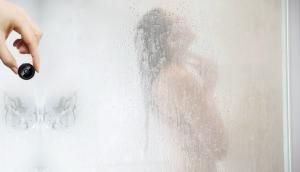
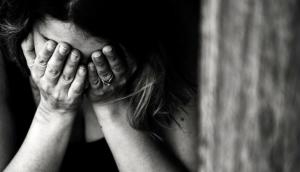

![BJP's Kapil Mishra recreates Shankar Mahadevan’s ‘Breathless’ song to highlight Delhi pollution [WATCH] BJP's Kapil Mishra recreates Shankar Mahadevan’s ‘Breathless’ song to highlight Delhi pollution [WATCH]](http://images.catchnews.com/upload/2022/11/03/kapil-mishra_240884_300x172.png)

![Anupam Kher shares pictures of his toned body on 67th birthday [MUST SEE] Anupam Kher shares pictures of his toned body on 67th birthday [MUST SEE]](http://images.catchnews.com/upload/2022/03/07/Anupam_kher_231145_300x172.jpg)




